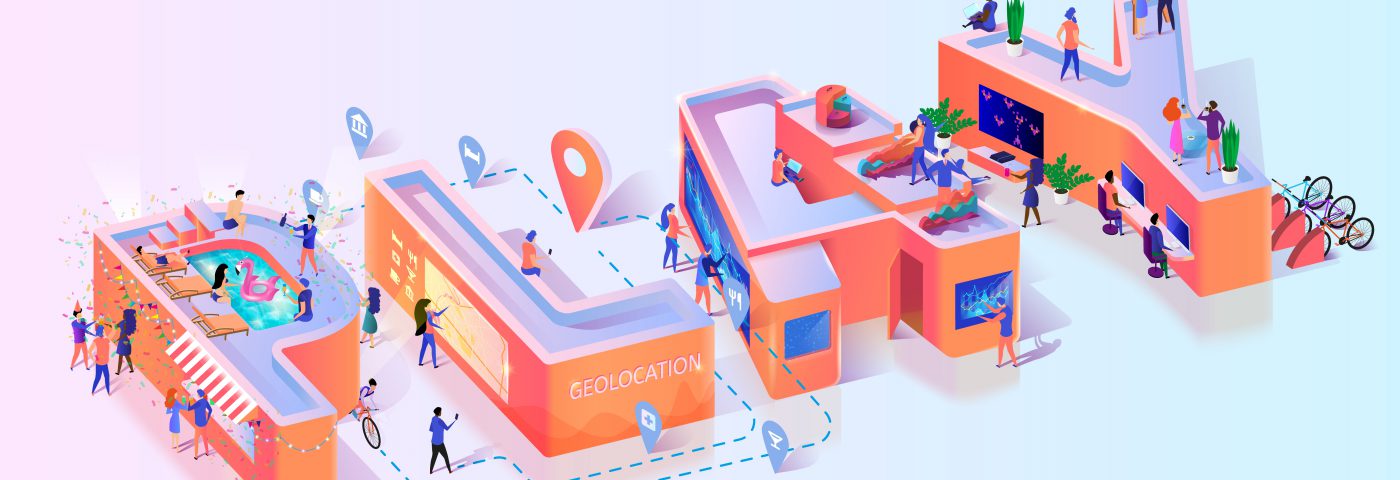Gamification is nothing new; the concept of using fun and a prize to motivate participation has been around since the Scout Movement started using badges for achievement to motivate children in the early 1900s. It’s only recently though that the term has really started to take hold in the events industry, as planners and venues realise its potential to create engaging and memorable experiences for attendees.
So, what is gamification, and which events and brands are streaks ahead? We find out…
The concept of gamification is relatively simple: all you have to do is make a game out of something that you want your event attendees, or visitors to your stand to do. Do you want to introduce a sense of fun; foster an environment for deeper connection between delegates; raise the energy in the room; inspire healthy competition; motivate delegates to learn or discover something new?
Whatever you choose, it should make sense in terms of your overall brand identity and purpose. For example, Kia cars installed a two-story ‘dream chute’ fireman’s pole-style slide in London’s Westfield Shopping Centre for the 2014 launch of its Kia Soul. Not only did this create excitement and engagement around the launch of the new car (and was no doubt a lot of fun for those who got to ride down the chute), but more importantly, it further emphasised the car manufacturer’s young and vibrant brand identity.
Think about the values that your brand represents, your unique selling points, and the feelings you’d like to inspire in visitors to your stand or event – is there a game you could create around those? Get brainstorming with your team and let your creativity go wild.
Remember to include some of the mechanics of a game such as challenges, points systems, competition, fun and interaction. Installing a points leaderboard is a great idea for an exhibition stand as it compels people to come back and re-visit your stand when the leaderboard gets updated throughout the day.
Gamification examples we love…
- At the Incentive Research Foundation’s annual invitational, the organisers decided to gamify happiness. They designed a game which allowed attendees to win points by sharing photos of their ‘happy place’ with other attendees, sending complimentary notes to each other, and writing about what they were grateful for at the end of each day. The result was that attendees ended up spending more time with each other and had more positive networking experiences.
- AT&T came up with an innovative way to encourage tweeting at several of their sponsored events. The company worked with Brightline Interactive to create a ‘Twitter balloon’. This is a balloon six feet in diameter connected to an air compressor activated by tweets with a specific hashtag. Each tweet triggers a rush of air into the balloon, and the person whose tweet eventually causes the balloon to pop wins a prize such as an AT&T phone.
- Furniture company IKEA constructed a giant ball pool in the town square to celebrate the opening of its new store in Mulhouse, France. IKEA is well-known for its interactive events, which it adapts to each individual location. For its new Mulhouse store, IKEA decided to pay homage to the town’s Olympic swimmers. To do this, IKEA partnered with French design agency Ubi Bene to construct a giant ball pool using the same colours as the iconic Swedish brand. Seven athletes from the Mulhouse Olympic Natation Club took part in the event and competed in a race through the ball pool.
In conclusion, gamification is a fantastic tool to raise the energy of an event and inspire greater and more meaningful interaction between attendees, as well as ensuring that the brands who create those positive experiences remain memorable long after the event has finished. After all, who wants an event to be all work and no play?

